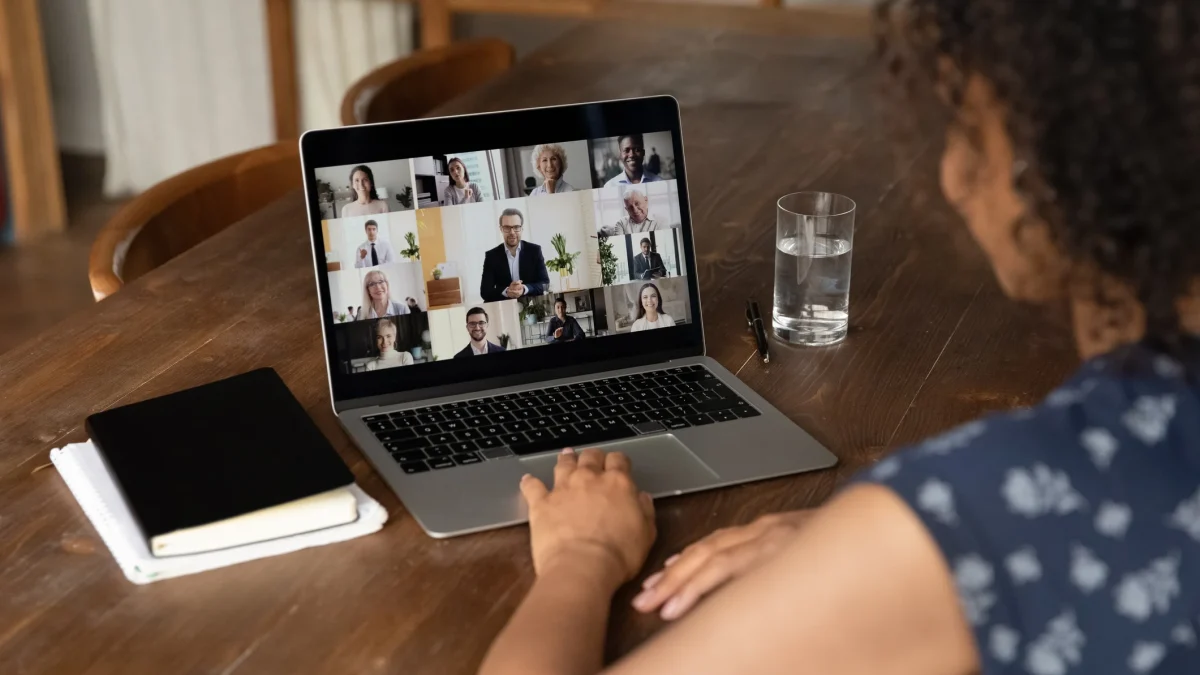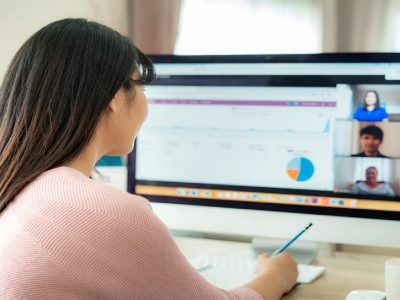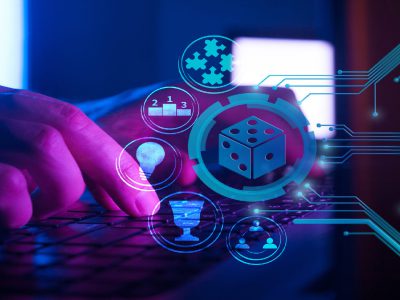Digital learning is a method of educating people through the use of technology, and it may be used to teach people in a variety of ways in the future of digital learning. Many things have changed at a faster rate in the last 30 years. One of them is technology, which is divided into several categories such as building, transportation, energy/power, communication, manufacturing, education, and so on. One of these technologies’ most successful and crucial features is digital learning.
Digital learning is not only associated with online or eLearning, but it includes many other digital learning concepts. These techniques can use in two ways, either a single learning technique or a combination of two different learning techniques. With the advancement in technical equipment like mobile (smartphone), laptop or tablet, it is easier to get learning or knowledge while travelling, or at specific times.
- Adaptive learning
- Badging and gamification
- Blended learning
- Classroom technologies
- eTextbooks
- Learning analytics
- Learning objects
- Mobile learning, e.g., mobile phones, tablet computers, laptops, computers.
- Personalized learning
- Online learning or eLearning
- Open educational resources (OERs)
- Technology-enhanced teaching and learning
- Virtual reality
- Augmented reality
Digital learning is designed to enhance the learning experiences rather than replace the traditional methods. It includes students taking online courses it includes students doing internet research or watching online videos in a classroom, and teachers using digital tools like smart boards and tablets. Nearly any higher education course will include some types of digital learning.
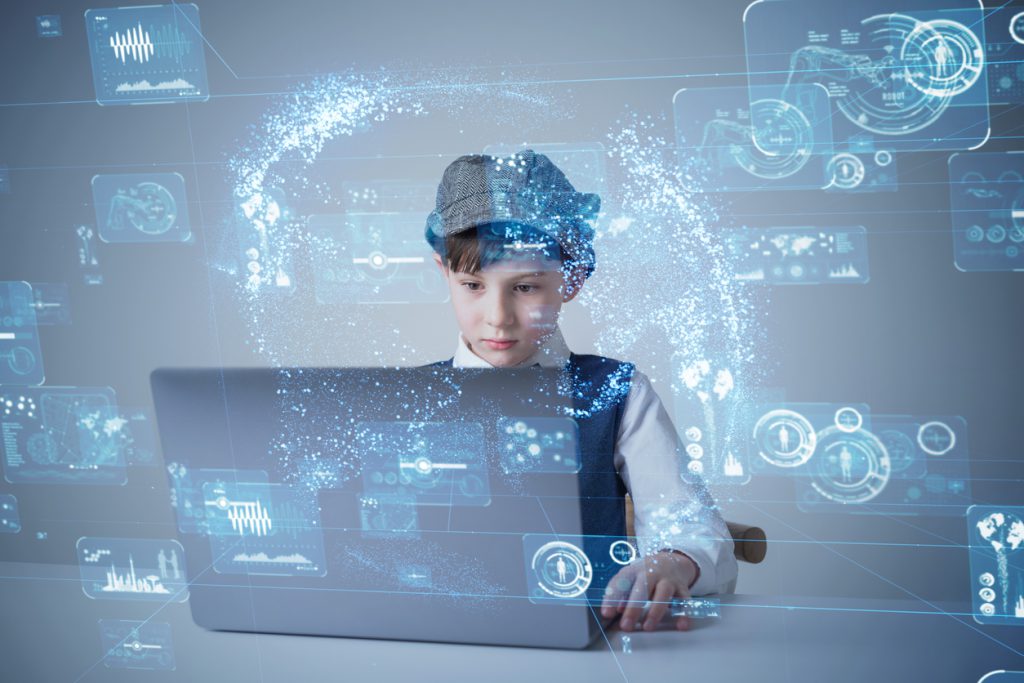
Difference Between Digital Learning and Other Types
Online learning, a more specific term than “digital learning,” can be considered a subset of the broader umbrella term “digital learning.” Most of the work is done by email, chat, forums, and other electronic means, such as these. It’s possible that students and teachers could engage in person, but this doesn’t rule it out. As long as most of the communication takes place via the internet, it can be done in either a classroom or an online setting.
Adaptive learning is all about creating personalized learning for each individual. Think about a traditional workshop setting, where educators can interact with students and tailor their approach to what they need. In-person, this is often instinctive and can do on an Adhoc basis, but when it comes to digital learning, the process of personalization must plan out for maximum impact.
Virtual Learning
eLearning has also known as virtual learning, which is online base and does not require students and teachers face to face meetings. All the communication had done through email, forums, chat, or video conferencing. Institutions called it fully online courses, specifically top-ranked universities provide courses on their websites, and these courses can be free, half-funded, and have a full tuition fee. On the internet, different universities offered courses that any individual can find on different e-learning websites like Coursera, Edx, Udemy, and many others. eLearning also includes or is known as distance learning, which allows students from different states, countries to get higher education incompatible conditions.
Blended learning is a combination of traditional classroom learning and e-learning or online learning. For a set number of classes, the student must be physically present. However, they accomplish the majority of their work via online sessions. Students may, for example, have online assignments due Monday and Wednesday yet plan to attend a Friday class on campus.
Benefits Of Digital Learning
Digital learning makes students smarter; it helps the student to be problem solvers. It also develops a learning skill, and they can learn and identify the sources, find an online source, its usage, and even results. With the help of digital learning, students find different approaches on the same topic, which enable them to think critically and analytical reasoning from an early age.
Digital learning also teaches students how to work successfully in a group with the assistance of the gamification technique. Gamification is a feature of interactive learning because it teaches students playing in a group to depend on and trust each other to win a game or achieve their goals.
The future of Digital learning is making students self-motivated and more accountable this method of learning is far better than one-sided lectures or memorizing textbooks. Students are eager to obtain more knowledge with better context and more involving activities. Many educational websites also promote the test scores of each student enrolled in courses. It helps the student to self-evaluate his progress and identify the weak points in his performance.
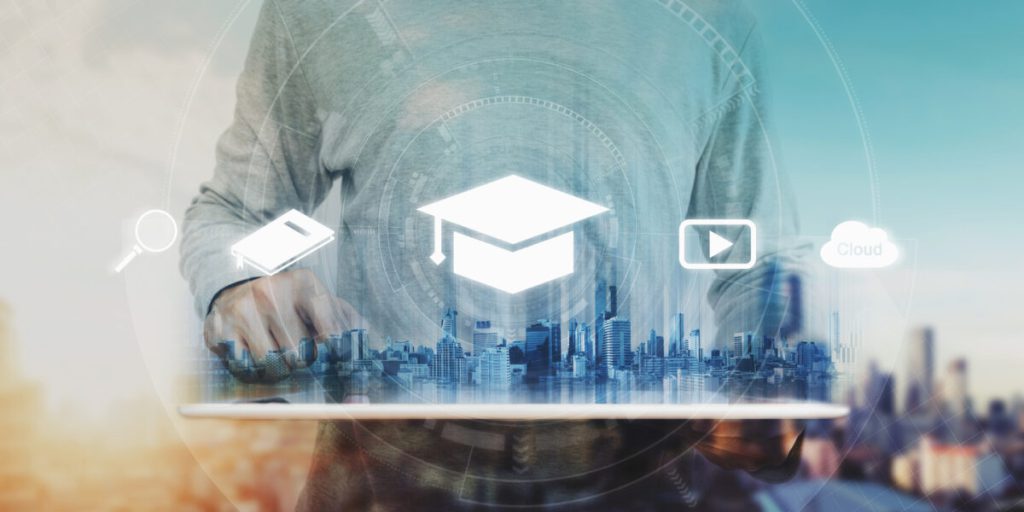
Digital learning tools involve teachers and parents with online support teachers can create and manage groups. These groups can consist of students who need guidance on a specific subject or problem. They can select their schedule. Teachers can also join different online communities on social platforms to enhance their learning and share tips. Digital learning also connects parents with their children and their teachers. Parents participate in online activities with their children to understand their basic knowledge, and parents can discuss it with their teacher.
Digital learning helps in reducing unemployability and creating new opportunities, as in world pandemic creates chaos. In this time, when online education, working from home, receiving and sending all types of orders, and many more things are surfacing. We as a teacher or parent needs to encourage our child to use digital learning. And make it a source for making a career. Digital learning solutions based on problem-based learning emphasize learning methods that are constructive, collaborative, and call the students’ attention to a real-world approach to learning.
Digital learning fills the gaps where traditional classroom teaching falls behind. In comparison with old methods or techniques of learning, digital learning techniques are unmatchable.
The Future Of Digital Learning
The Future of Digital Learning reduces costs, maximises resources, and increases reach and impact for both students and teachers. Digital learning is equally necessary and significant for everyone, and it helps the students of the school as the universities. Digital learning puts the power in the hand of the students. So they can select what to study and when improving results and the school system.
It only took one generation for digital learning to be born, evolve, and become the norm for higher education. Students today expect courses to have at least an online component.
Of course, there are advantages and disadvantages associated with digital learning. It’s up to teachers to help students maximize the former and minimize the latter. Teachers can better assist students if they understand the concepts and terminology related to digital learning.

